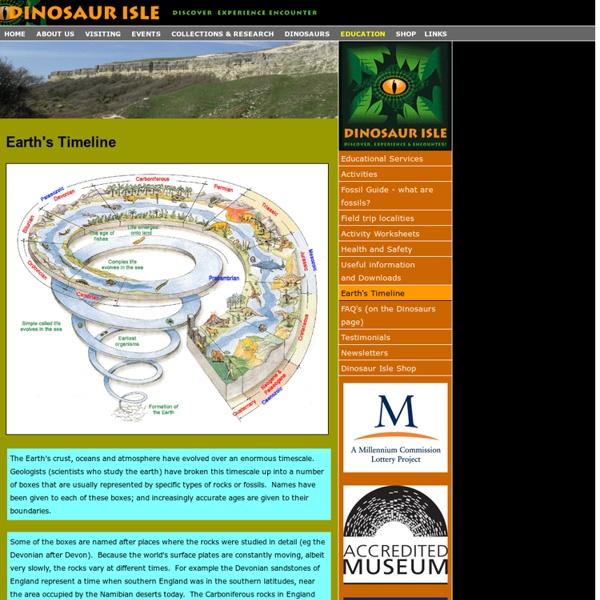



In Charted Waters - Evolution of the World Map as it was Explored Maps are among the most accessible assets we can use accurately, whether it’s an old print or the newest mobile app. Still, it took centuries for people to truly understand the geography of the world. Here, we show how our knowledge has grown and developed over time… Scroll to begin the journey Atlantic Ocean Mediterranean Sea Black Sea Britain Thailand Cambodia Sumatra Java China NorthAmerica Africa Indian Ocean Uzbekistan Azores CapeVerdeIslands Cape ofGood Hope The Bahamas Cuba Haiti DominicanRepublic VirginIslands EastAfrica Trinidad SouthAmerica Madagascar Philippines PapuaNewGuinea PacificOcean Japan Siberia Antarctica CapeYork Tasmania NewZealand Australia Carthaginians reach the Atlantic Oceanfor the first time. Herodotus prefaces his Histories with a description of the lands known to him. Britain appears forthe first time on a map. Western traders reach Thailand, Cambodia, Sumatra and Java, as well as China. Approximate date for the Viking discoveries of America for which they had different names.
Digital Atlas of the Roman Empire Geologic Time Machine - Stages of Earth's evolution <div class="center"><h2><span style="color:red">This page requires JavaScript.</span><br />Please enable scripting for your browser and re-load the web page.</h2></div> Geologic and Biological Timeline of the Earth The Time Machine shows the reshaping of the continents through a portion of the geologic timeline of the Earth with examples of the biological inhabitants of each period. Great volcanic eruptions marked the transition from the Paleozoic Era into the Mesozoic Era. The five major mass extinctions events occurred during the terminal Ordovician (443 mya), Late Devonian (374 mya), terminal Permian called the "Great Dying" (251 mya), terminal Triassic (201), and the terminal Cretaceous (65 mya), also called the K/T event. References Christopher R. © Copyright 2014 - Antonio Zamora
Timeline of Art History - Skip to primary content Skip to secondary content Having trouble viewing this page? Click here for a printer-friendly version. FacebookTwitterPinterestTumblrShare Email This Page AddToAny The History and Geography of Inventions [Home Page][Other Page] [Search Inventions] [Before 10,000 BC][10,000 BC to 4000 BC][4000 BC to 3000 BC][3000 BC to 2000 BC][2000 BC to 1000 BC][1000 BC to 1 BC][1 AD to 1000 AD][1000 to 1500][1500 to 1700][1700 to 1800][1800 to 1850][1850 to 1900][1900 to 1950][Since 1950] [Inventions][Biographies][Religions of the World][Bible Contradictions][Rain][Countries of the World][Cookery][Music][Composers (Opera)] [Readers' Feedback (Religion)] [Language][Travel][Eclipses][London][Astronomy][Mathematics][Physics][Chemistry][Biology][Football][Television][Other] Sponsored Link
Geologic and Biological Timeline of the Earth Astronomical and geological evidence indicates that the Universe is approximately 13,700 million years old, and our solar system is about 4,567 million years old. Earth's Moon formed 4,450 million years ago, just 50 million years after the Earth's formation. Because the composition of the rocks retrieved from the Moon by the Apollo missions is very similar to rocks from the Earth, it is thought that the Moon formed as a result of a collision between the young Earth and a Mars-sized body, sometimes called Theia, which accreted at a Lagrangian point 60° ahead or behind the Earth. A cataclysmic meteorite bombardment (the Late Heavy Bombardment) of the Moon and the Earth 3,900 million years ago is thought to have been caused by impacts of planetesimals which were originally beyond the Earth, but whose orbits were destabilized by the migration of Jupiter and Saturn during the formation of the solar system. Simplified model of the formation of the Moon (my = millions of years) Glossary
Holocaust Timeline Jump to: 1938 1939 1940 1941 1942 1943 1944 1945 1933 January 30, 1933 - Adolf Hitler is appointed Chancellor of Germany a nation with a Jewish population of 566,000. February 22, 1933 - 40,000 SA and SS men are sworn in as auxiliary police. February 27, 1933 - Nazis burn Reichstag building to create crisis atmosphere. February 28, 1933 - Emergency powers granted to Hitler as a result of the Reichstag fire. Terms of use: Private home/school non-commercial, non-Internet re-usage only is allowed of any text, graphics, photos, audio clips, other electronic files or materials from The History Place.
Library The Power of Community: How Cuba Survived Peak Oil Documentary -- Welcome! Medieval English Literature Timeline 43-600 CE: The British Invasions First came the Romans, who brought Christianity and built Hadrian's Wall. This wall protects Britain from the northern barbarians, known as the Picts. But they say "buh-bye" in 400 and hustle off in their skirty armor to protect their own capital. That means the Brits were left to subsequent waves of invasions all by their lonesome. 700: The Lindisfarne Gospels The Christian religion combines with native Celtic art forms to form the Lindisfarne Gospels. 731: The Ecclesiastical History of the English People So this monk, Bede "the Venerable," writes a history of England. 790s-900: The Viking Invasions Just when the British thought they were finally safe, the Vikings attack. 871-899: King Alfred reigns Nothing brings people together like a common enemy, and that's just what the Vikings give King Alfred the Great. His reign represents a sort of "golden age" of the Anglo-Saxon period. 700-1000: Beowulf 1066: The Norman Conquest 1154-1189: Henry II Not.